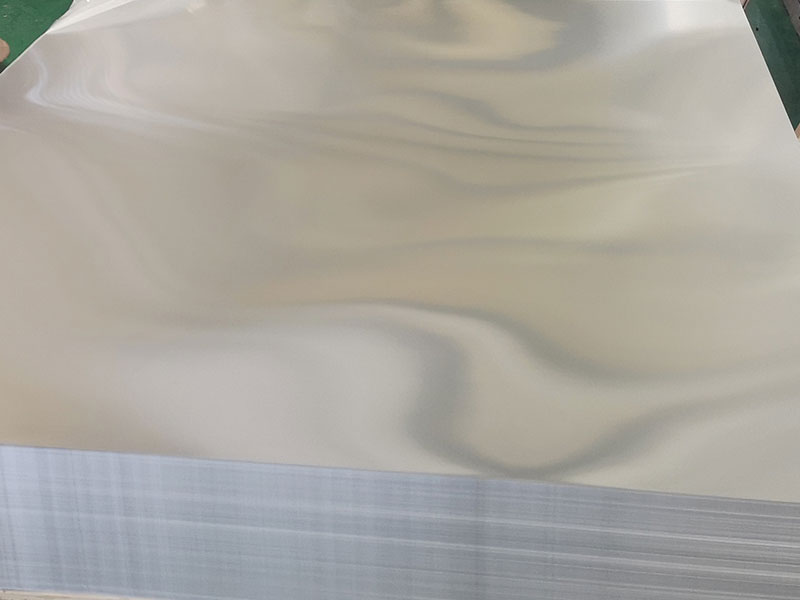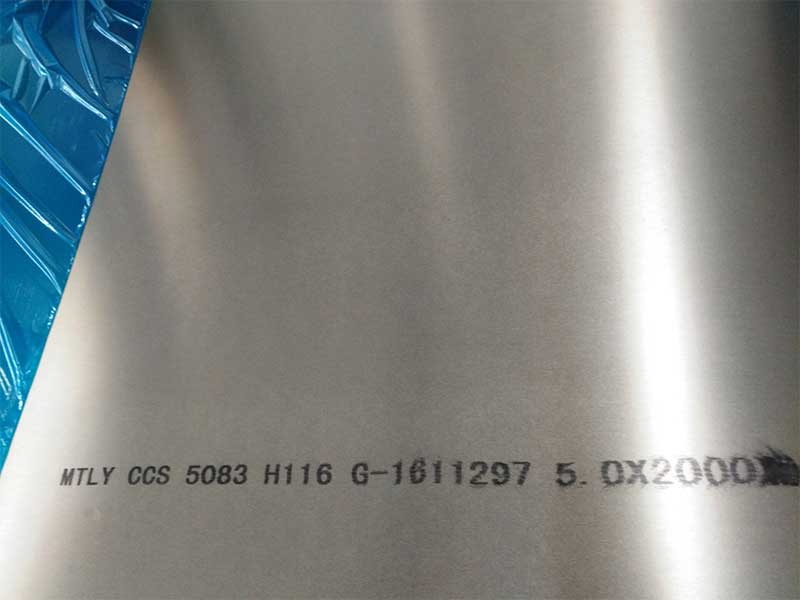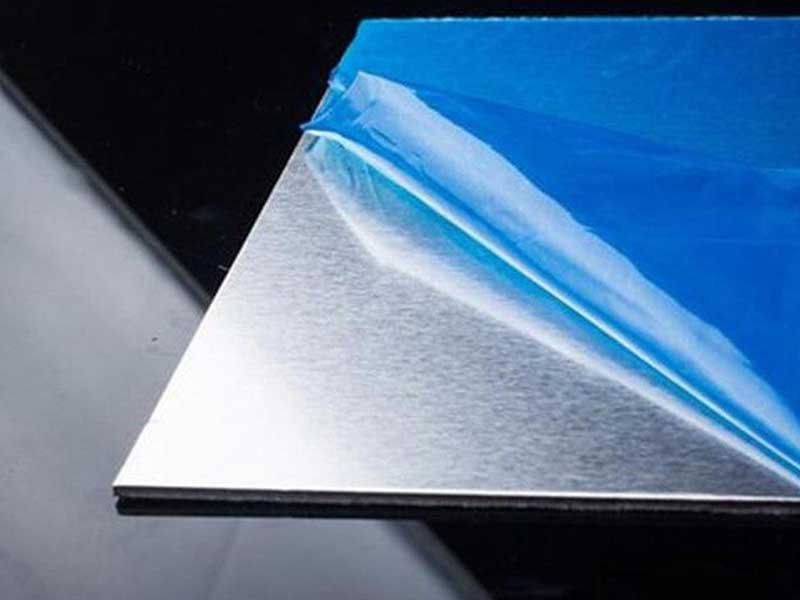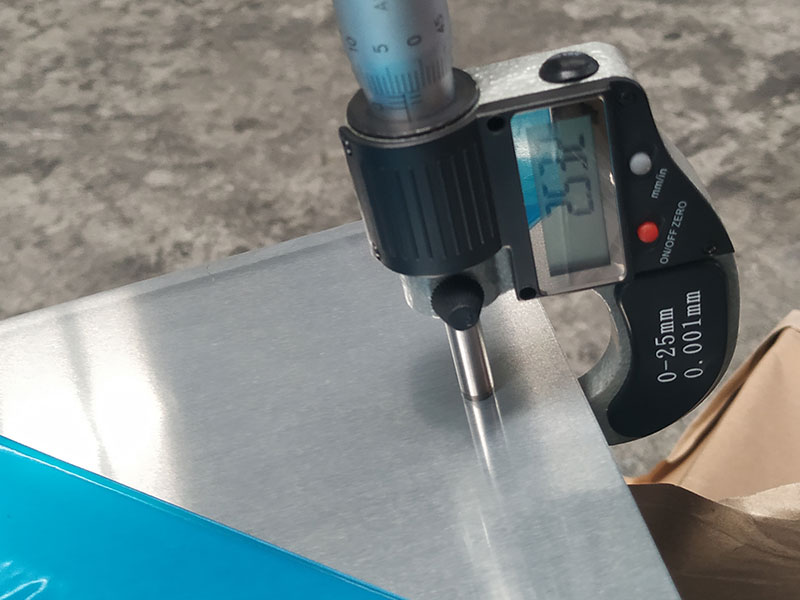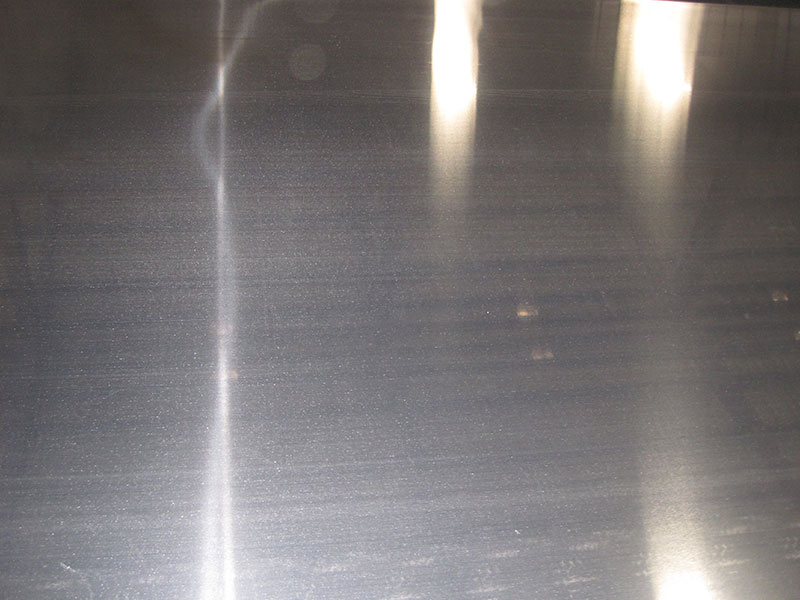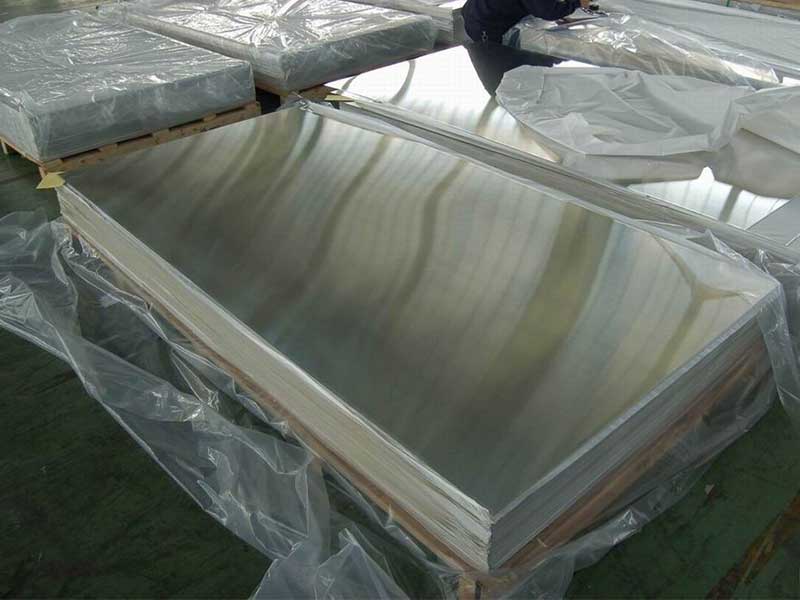Aluminium Sheet 1100, 2024 3003, 5052 6082 6063
Aluminum sheets are a essential material across various industries, valued for their excellent corrosion resistance, lightweight, and versatility. However, not all aluminum sheets are created equal—their properties vary significantly depending on alloy composition and tempering methods. the technical aspects, functions, and best applications of popular aluminum sheet grades such as 1100, 2024, 3003, 5052, 6082, and 6063 is crucial for engineers, designers, and procurement specialists aiming to make informed material choices.
In t
| Alloy | Primary Alloying Elements | Main Features | Common Temper Conditions |
|---|---|---|---|
| 1100 | 99% pure Aluminum | Excellent corrosion resistance, high ductility, poor mechanical strength | O (Soft Annealed), H14 (Strain Hardened) |
| 2024 | Aluminum-Copper | High strength and fatigue resistance, poor corrosion resistance | T3, T4, T351 (Solution heat treated and stabilized) |
| 3003 | Aluminum-Manganese | Good corrosion resistance and moderate strength, excellent workability | H14, H22 (Strain hardened, partially annealed) |
| 5052 | Aluminum-Magnesium | Superior corrosion resistivity, excellent weldability, moderate strength | H32, H34 (Strain hardened) |
| 6082 | Aluminum-Magnesium-Silicon | High strength, good corrosion resistance | T6 (Solution heat treated and artificially aged) |
| 6063 | Aluminum-Magnesium-Silicon | Excellent extrudability, medium strength, smooth surface finish | T5, T6 |
1. Aluminum Sheet 1100: The Pure Aluminum Leader
Chemical Composition (approximate % wt)
| Element | Component |
|---|---|
| Aluminum | 99.0% min |
| Copper | 0.05 max |
| Iron | 0.95 max |
| Silicon | 0.95 max |
| Zinc | 0.10 max |
| Manganese | 0.05 max |
Technical Highlights and Applications
Aluminum 1100 sheet contains a minimum of 99% pure aluminum, emphasizing excellent corrosion resistance, workability, and reflective properties. It's often the first choice where formability is critical and tensile strength is less so.
- Functions: Ideal for applications requiring extensive shaping - such as deep drawing in food and beverage containers, decorative architectural components, and chemical equipment contact surfaces.
- Temper: Typically supplied in soft (O) temper for maximum formability or H14 strain-hardened state when slight strength retention is needed.
Implementation Standards
- ASTM B209
- EN 485-2
- JIS H4000
2. Aluminum Sheet 2024: High-Strength for Structural Uses
Chemical Composition (wt%)
| Element | Min | Max |
|---|---|---|
| Copper | 3.8-4.9% | |
| Magnesium | 1.2-1.8% | |
| Manganese | 0.3-0.9% | |
| Silicon | 0.5% max | |
| Iron | 0.5% max |
Technical Highlights
2024 alloy offers significantly enhanced mechanical strength and fatigue resistance due to its copper content, functioning well under stress.
- Functions: Aerospace sheets, aircraft structural components, aircraft fuselage, and truck wheels.
- Temper: T3, T4, and T351 indicate the sheet has been solution heat treated and perhaps stress relief undersized cooling.
Implementation Standards
- AMS 4037
- Mil-A-8625
- ASTM B209
3. Aluminum Sheet 3003: Commonplace with Balanced Performance
Chemical Composition (wt%)
| Element | Max |
|---|---|
| Manganese | 1.0-1.5% |
| Copper | 0.05% max |
| Silicon | 0.6% max |
Functional Attributes
3003 maintains good corrosion resistance, moderate strength, and excellent workability.
- Applications: Roofing sheets, siding, awnings, food processing equipment, and decorative sheets.
- Temper: Usually H14 or H24 for cold working and better dimensional stability.
4. Aluminum Sheet 5052: Marine Grade Workhorse
Chemical Composition
| Element | Content (%) |
|---|---|
| Magnesium | 2.2-2.8 |
| Chromium | 0.15-0.35 |
| Iron | Max 0.4 |
Strengths & Uses
Aluminum 5052 excels with its superb corrosion resistance in saltwater and pu-focused marine coatings, making it optimal for boat hulls, fuel tanks, trucks, and marine equipment.
5. Aluminum Sheet 6082: High Strength Extrudable Alloy
Chemical Composition
| Element | Range (%) |
|---|---|
| Magnesium | 0.6-1.2 |
| Silicon | 0.7-1.3 |
| Iron | 0.5 max |
| Manganese | 0.4-1.0 |
Technical Details and Applications
6082 is renowned for its high-strength combination with excellent corrosion resistance and weldability.
- Applications: Structural components such as bridges, cranes, transport vehicles, and pipelines.
- Temper: Typically T6 or T6511—heat treated and artificially aged for higher tensile strength.
6. Aluminum Sheet 6063: Profiling Excellence
Chemical Makeup
| Element | Range (%) |
|---|---|
| Magnesium | 0.45-0.9 |
| Silicon | 0.2-0.6 |
Features and Use Cases
This alloy’s outstanding extrusion capability lends itself to architectural framing, led lighting housing, window frames, and indoor/outdoor fencing.
- Temper: Most common are T5 for medium strength and T6, fully heat treated offering enhanced mechanical integrity.
Aluminum Alloy Temper Designations Glossary
- O – Annealed (soft)
- H – Strain-hardened (numbers indicate degree: e.g., H14)
- T1 – Cooled from elevated temperature shaping and naturally aged
- T3 – Solution heat treated, cold worked and naturally aged
- T4 – Solution heat treated and naturally aged
- T5 – Cooled from elevated temperature shaping and artificially aged
- T6 – Solution heat treated and artificially aged
Final Thoughts: Selecting the Right Aluminium Sheet
Choosing the correct aluminum sheet alloy involves balancing mechanical requirements, corrosion resistance, and fabrication methods. For purely formable, soft-material needs or food-processing components, 1100 and 3003 offer user-friendly options. For heavy structural or aerospace-grade strength, alloys like 2024 and 6082 bring robust mechanical performance. Marine and chemical environments benefit most from corrosion-resistant 5052, while 6063 leads flash extrusion and architectural uses.
Working with aluminum sheet alloys like 1100, 2024, 3003, 5052, 6082, and 6063 daily reveals distinct processing challenges and application suitability. The pure aluminum 1100, while highly formable and corrosion-resistant, lacks strength, limiting its use to applications requiring easy workability like decorative panels or chemical containers. Conversely, the heat-treatable alloys 2024 and 6082 offer exceptional strength, making them ideal for aerospace components or structural applications, but their higher strength necessitates careful control during forming to avoid cracking. The less-expensive 3003, a workhorse alloy, balances formability and strength, finding frequent use in food processing equipment and architectural products. the nuances of each – 5052's superior corrosion resistance in marine environments versus the excellent extrudability of 6063 for profiles – is crucial for optimal production.
Our production line often encounters issues related to surface finish consistency, particularly with alloys like 6063 after anodizing. Maintaining tight control of the chemical etching and anodizing processes is paramount to achieving the desired surface quality for the customer. Additionally, the varying work-hardening characteristics of these alloys require adjustments to our rolling and forming parameters to avoid defects. For instance, the higher strength alloys require slower speeds and more
By integrating this scientific and practical knowledge in line with implementation standards such as ASTM B209, AMS certifications, or EN protocols, engineers and designers are empowered to specify aluminum sheets wisely and benefit from their full suite of advantages.
Keywords: Aluminum Sheet 1100, Aluminum Sheet 2024, Aluminum Sheet 3003, Aluminum Sheet 5052, Aluminum Sheet 6082, Aluminum Sheet 6063, Aluminum Alloy Specifications, Aluminum Alloys Applications
For tailor-made quotes and further technical support on premium aluminum sheets, contacting professional suppliers remains the optimal route. Invest in quality to power your projects with the lasting strength and longevity only aluminum can deliver.
https://www.aluminumplate.net/a/aluminium-sheet-1100-2024-3003-5052-6082-6063.html


